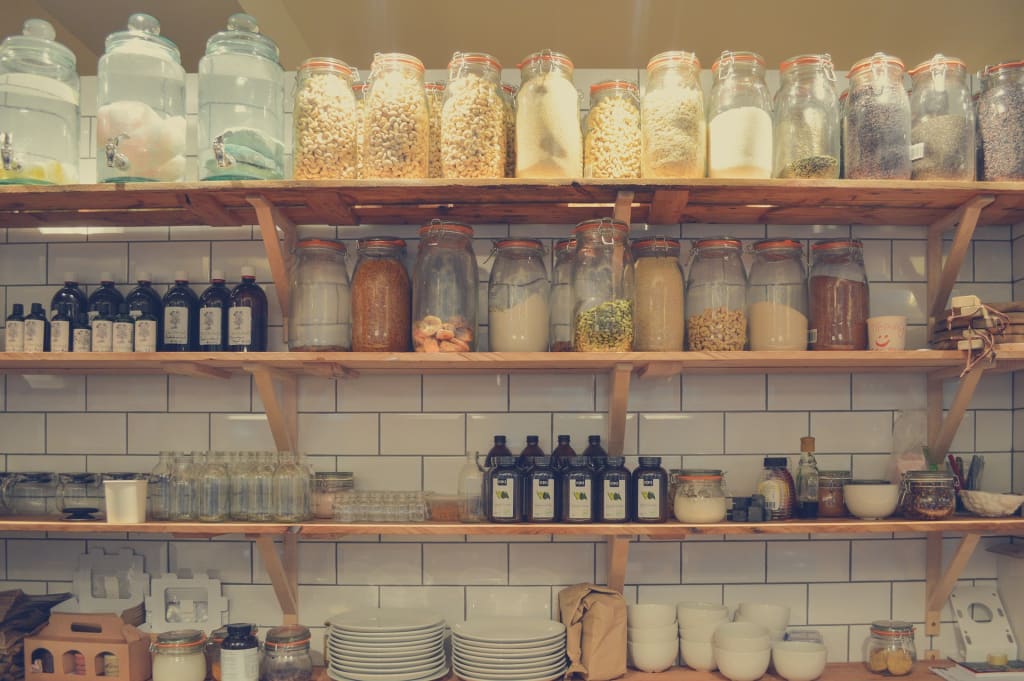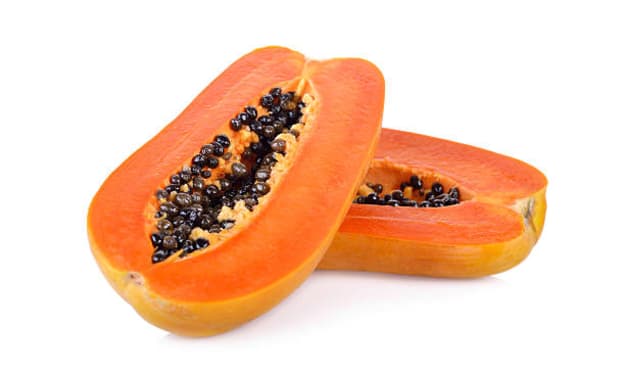Exploring the Potential of Fecal Transplants
Ancient Remedies

Around 1,700 years ago, a Chinese alchemist named Ge Hong became renowned for a special soup that had the power to cure patients suffering from diarrhea. This deep yellow stew, with its intense aroma, had a secret ingredient. Surprisingly, that ingredient didn't come from the kitchen; it came from the bathroom. While consuming feces might seem unwise today, new research is shedding light on how taking in fecal matter in other ways could actually benefit our health.
The key lies in our gut, where trillions of bacteria, viruses, fungi, and archaea call home. Together, they form our gut microbiome—a dynamic and specialized community that plays essential roles in our well-being. These microbes break down our food, produce vitamins, train our immune system, regulate our circadian rhythm, and even protect us from infections. In return, they enjoy a cozy place to live and an all-you-can-eat buffet. Evidence suggests that our microbiomes begin forming in the womb, and they continue to diversify after birth through exposure to different foods and environments. This ongoing process is crucial for maintaining gut health.
However, disruptions to this delicate balance caused by factors like poor nutrition, chronic disease, or antibiotics can leave the body vulnerable to problems such as bacterial and fungal overgrowth or infectious diarrhea. This is where fecal microbial transplantation comes into play. By introducing a new batch of microorganisms into the intestine, this treatment appears to reset the gut microbiome.
Fecal transplants are still considered experimental, and there are many unanswered questions about how they work. Currently, the US Food and Drug Administration (FDA) permits doctors to use fecal transplants experimentally to combat one of the toughest gut infections—antibiotic-resistant Clostridiodes difficile. This bacterium forms spores in the colon that are resistant to antibiotics and challenging to eliminate. Patients suffering from this infection endure months of fevers, abdominal cramping, and severe diarrhea, despite antibiotic treatment. When symptoms reach this level of severity, a fecal microbial transplant becomes necessary.
The process begins with a gastroenterologist retrieving feces, typically from a stool bank. These carefully screened samples ensure they are free from infections, and the rigorous protocols in place make the acceptance rate of stool donors less than 3% in some cases. The fecal sample is then introduced into the patient's body through a pill or, more commonly, a tube into the stomach or colon. The transplanted microbes travel through the digestive tract, eventually reaching the colon, where they rapidly multiply and displace the infectious invader. Remarkably, this treatment cures over 80% of patients in just one session.
Since each stool sample is unique, the FDA categorizes fecal transplants as an experimental treatment rather than a formal medication. However, promising research conducted on rodents suggests potential future applications of fecal bacteriotherapy. For instance, fecal transplants from non-diabetic mice have shown to improve insulin resistance in mice with type 2 diabetes. Similarly, studies on mice have indicated that transplants from less anxious peers can reduce anxiety and depression in more anxious individuals. Furthermore, researchers studying humans have discovered distinct microbial patterns associated with various intestinal, autoimmune, oncologic, and psychiatric disorders. This paves the way for new possibilities where altering a patient's microbiome could become a viable treatment option.
While we still have much to learn about what constitutes the "best" gut microbiome or the most beneficial fecal transplants, one thing is clear: our feces hold a promising future in the field of medicine.
As we venture deeper into the realm of gut microbiome research, we must also acknowledge the legacy of figures like Ge Hong, who was ahead of his time in understanding the medicinal potential of feces. This ancient wisdom combined with modern science is guiding us toward breakthroughs we've only just started to imagine. Even though fecal transplants are yet in their experimental phase, the outcomes suggest an exciting trajectory. Indeed, the art of healing might have a humble, albeit unconventional, companion in our waste. This underscores the complexity and ingenuity of the human body - a testament to nature's astonishing efficiency and interdependence. So, the next time you flush, remember: what we often regard as mere waste, could in fact be a potent remedy waiting to be understood and harnessed. It appears we're just at the beginning of a scatological revolution in healthcare - a future where the path to wellness may literally involve the gut reaction to a 'crappy' situation.
About the Creator
Enjoyed the story? Support the Creator.
Subscribe for free to receive all their stories in your feed. You could also pledge your support or give them a one-off tip, letting them know you appreciate their work.





Comments
There are no comments for this story
Be the first to respond and start the conversation.